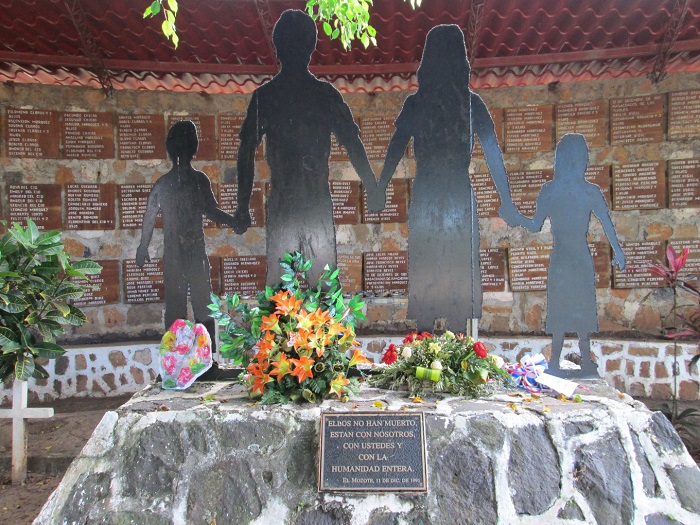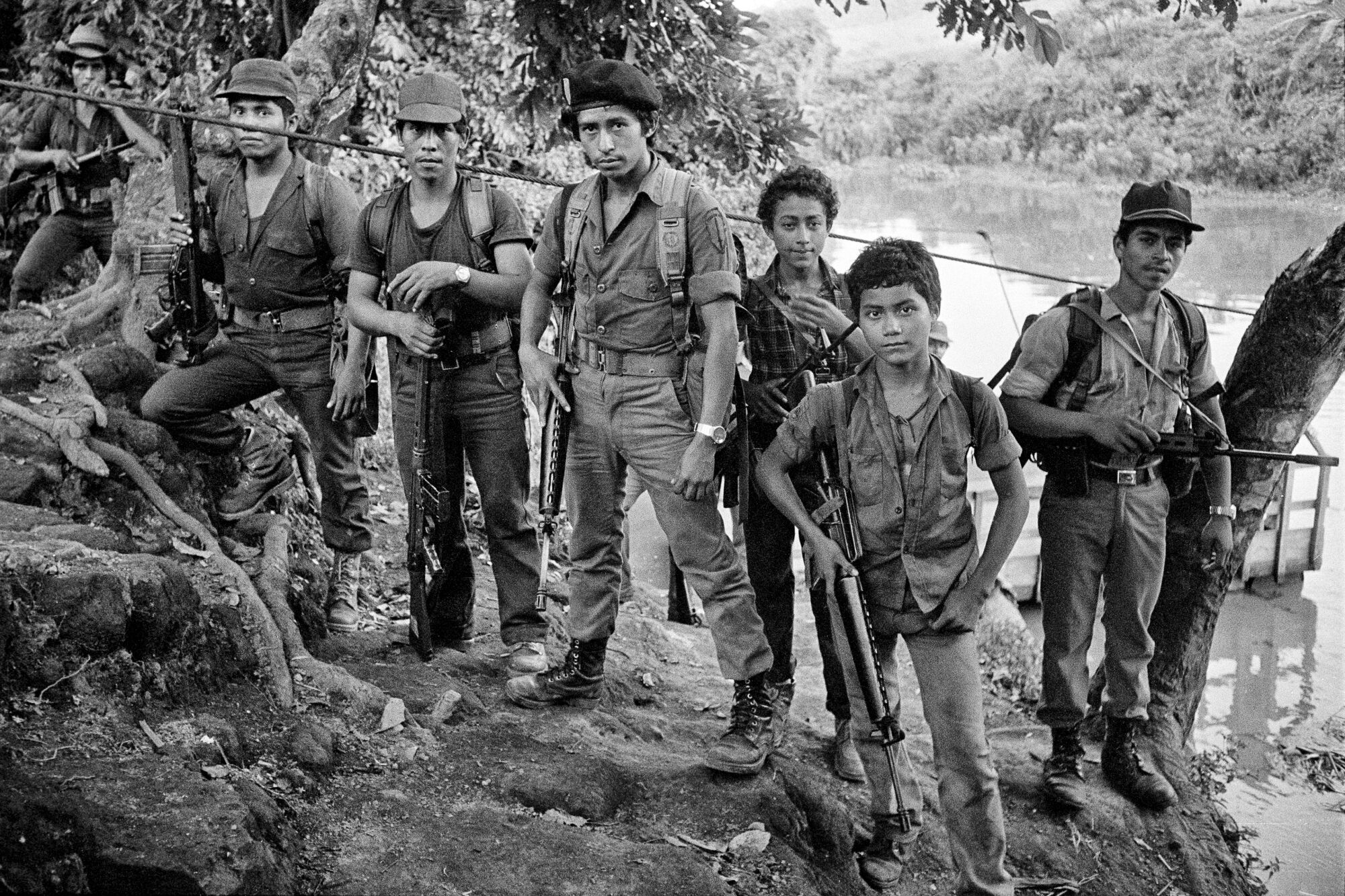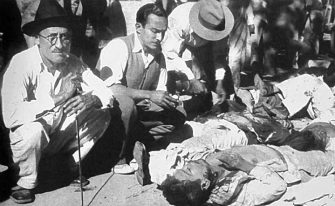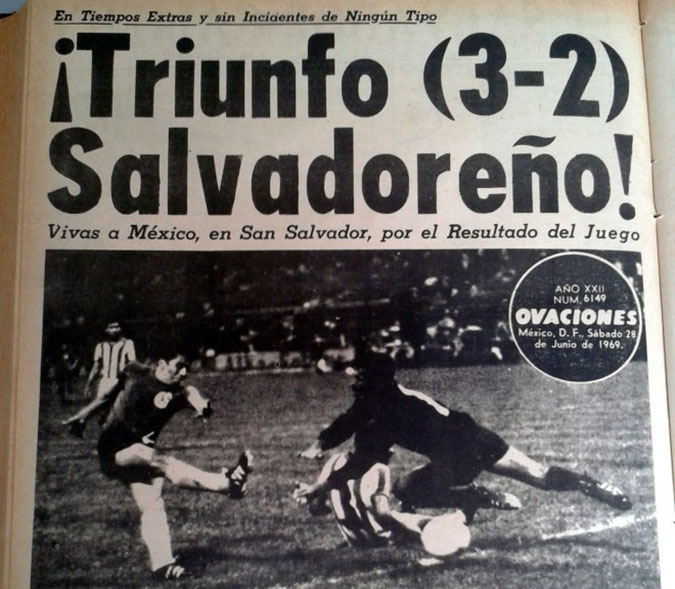Where we left off in my previous post, my father at the time was being trained to become a child soldier for the guerillas, also known as the FMLN. Again, THANKFULLY, he escaped (or else I would not be here lol).
After experiencing what he went through, he came back to his grandmother, Mamá Santo, who was waiting for him, worried that she would never get to see her child again. Although he had hoped that the situation in his homeland would get better, it did not–thanks to the U.S. The U.S. always had a relationship with El Salvador since 1963, but since the start of this war, Reagan and the U.S. government were pouring millions and a result of more that 4.5 BILLION dollars were spent on this conflict. Aiding the Salvadoran government, the U.S. was giving them military equipment and training in order to fight back the guerillas who were pushing for communism. In doing all this, the U.S. ended up making things worse and fueling even more violence into a country whose people were already begging for mercy.

“Central America Wars, 1980s.” Peace History, 18 July 2022, http://peacehistory-usfp.org/central-america-wars/.
The U.S. had no business involving themselves in a war that did not affect them in any way, shape, or form. What they thought was helping was actually making things worse for the people of El Salvador by feeding into the violence.
One of the biggest massacres that we have experienced is the “Masacre de Tanango y Guadalupe” (“Massacre of Tenango and Guadalupe”). It occured in Suchitoto, Cuscatlán and it was the killing and disappearance of thousands of women and children–those presumed to be the most vulnerable in society. Many of the victims were kidnapped by the Army and molded into soldiers, about 250 who died during the war. A majority of the children were also put up for adoption to foreign families, most in the U.S. (of course). This was all in an effort to terrorize the families into compliance. In the mural below, the words read “THEY PLUCKED THE FLOWER, BUT THE ROOTS ARE SPROUTING BETWEEN US”.

“Masacre De Tenango y Guadalupe.” Wikipedia, Wikimedia Foundation, 19 Feb. 2022, https://es.wikipedia.org/wiki/Masacre_de_Tenango_y_Guadalupe.
The BIGGEST massacre during the civil war is El Masacre del Mozote (“The Mozote Massacre”), in El Mozote, Morazán. Between 800 to 1,000 lives were lost during this tragedy, all caused by the Salvadoran Army’s Atlácatl Battalion (created by the U.S. Army’s School of the Americas). The Atlácatl Battalion was the first unit to be trained by the U.S. and their mission was to go in and eliminate the FMLN camps in that area. The town of Mozote has been neutral during the whole period of the war, so the people were advised to stay in their homes as the army marched through. Unfortunately, once the battalion arrives, they separated the women and children from the men. The next day they began torturing, interrogating, and killing the men, and raping and killing the women and children. In the plaque is states: “THEY HAVE NOT DIED, THEY ARE WITH US, WITH YOU AND WITH ALL OF HUMANITY”.

JCM, teleSUR - lsl -. “Ordenan a Presidente Salvadoreño Abrir Archivos De Matanza El Mozote.” Sitio, TeleSUR, 2 Nov. 2019, https://www.telesurtv.net/news/juex-ordena-bukele-desclasificar-matanza-mozote-20191102-0007.html.
Although it is a bit of a heavy post, I hope you guys learned a bit of lost history. For my next post I will talk about the immigration due to the civil war and hopefully get my father to speak on it again.
Thank you! 🙂




